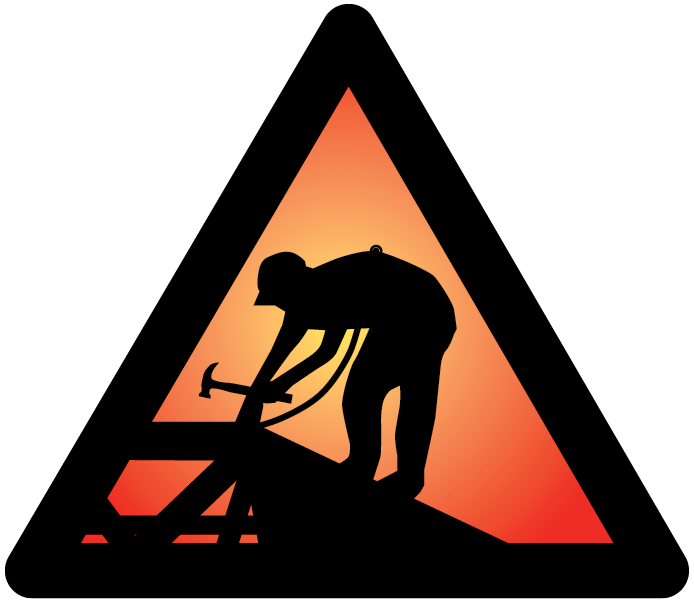An overview of OSHA standards related to fall protection and compliance resources.
What OSHA standards address fall protection?
OSHA covers fall protection in several standards:
- 1926 Subpart M (English)
– 1926.500 (English), Scope, application, and definitions applicable to this subpart (Related Information – English)
– 1926.501 (English), Duty to have fall protection (Related Information – English)
– 1926.502 (English), Fall protection systems criteria and practices (Related Information – English)
– 1926.503 (English), Training requirements (Related Information – English) - 1926 Subpart L (English) – Scaffolds (Related Information – English)
- 1926 Subpart R, Steel Erection (English)
– 1926.760, (English) Fall protection (Related Information – English) - 1926 Subpart X (English) – Stairways and Ladders (Related Information – English)
- 1926 Subpart CC (English) Cranes and Derricks in Construction
– 1926.1423 (English), Fall protection (Related Information – English)
What are some of the other OSHA standards that address safety in construction?
Additional key OSHA standards that address safety in construction include:
- 1926.20 – General Safety and Health Provisions (English) (Related Information – English)
- 1926.21 – Safety training and education (English) (Related Information – English)
- 1926.32 – Definitions (English) (Related Information – English)
See OSHA’s Recommended Practices for Safety and Health Programs in Construction (English, Español) for more information.
What guidance does OSHA give for fall protection in residential construction?
OSHA has a page dedicated to educating employers and workers on Fall Protection in Residential Construction (English).
What are workers’ rights under the Occupational Safety and Health Act?
Workers are entitled to working conditions that do not pose a risk of serious harm. To help assure a safe and healthful workplace, OSHA also provides workers with the right to:
- Receive information and training about hazards, methods to prevent harm, and the OSHA standards that apply to their workplace. The training must be in a language that workers can understand;
- Get copies of test results done to find hazards in the workplace;
- Review records of work-related injuries and illnesses;
- Get copies of their medical records;
- Ask OSHA to inspect their workplace; and
- Use their rights under the law free from retaliation and discrimination.
See OSHA’s Worker Page (English) for more information.
What are employers’ responsibilities under the Occupational Safety and Health (OSH) Act?
Employers have the responsibility to provide a safe workplace. Employers MUST provide their employees with a workplace that does not have serious hazards and follow all OSHA safety and health standards. Employers must find and correct safety and health problems. OSHA further requires that employers try to eliminate or reduce hazards first by making changes in working conditions rather than just relying on masks, gloves, ear plugs or other types of personal protective equipment (PPE). Switching to safer chemicals, enclosing processes to trap harmful fumes, or using ventilation systems to clean the air are examples of effective ways to get rid of or minimize risks.
For more information see the Employer Responsibilities (English) page.

